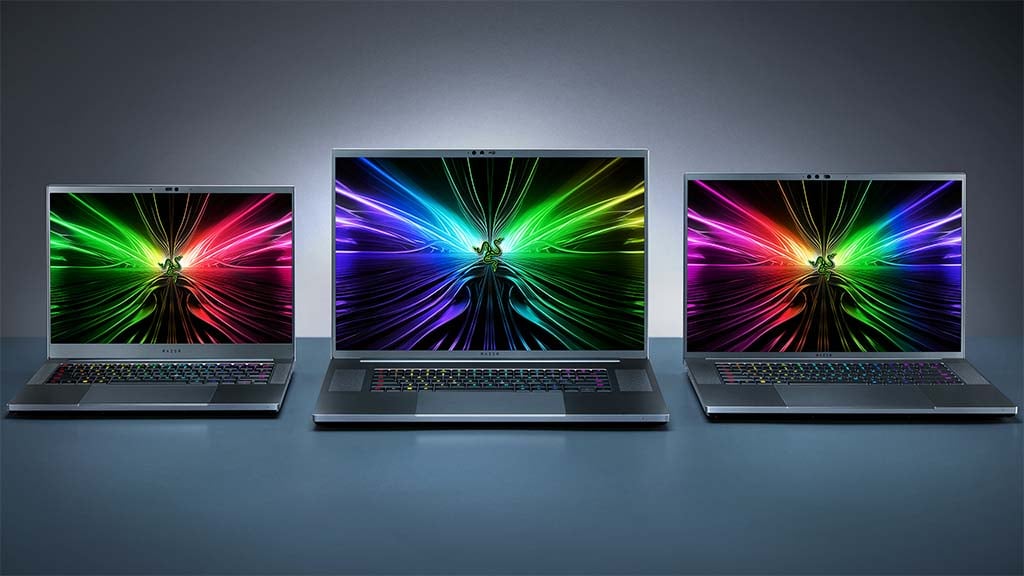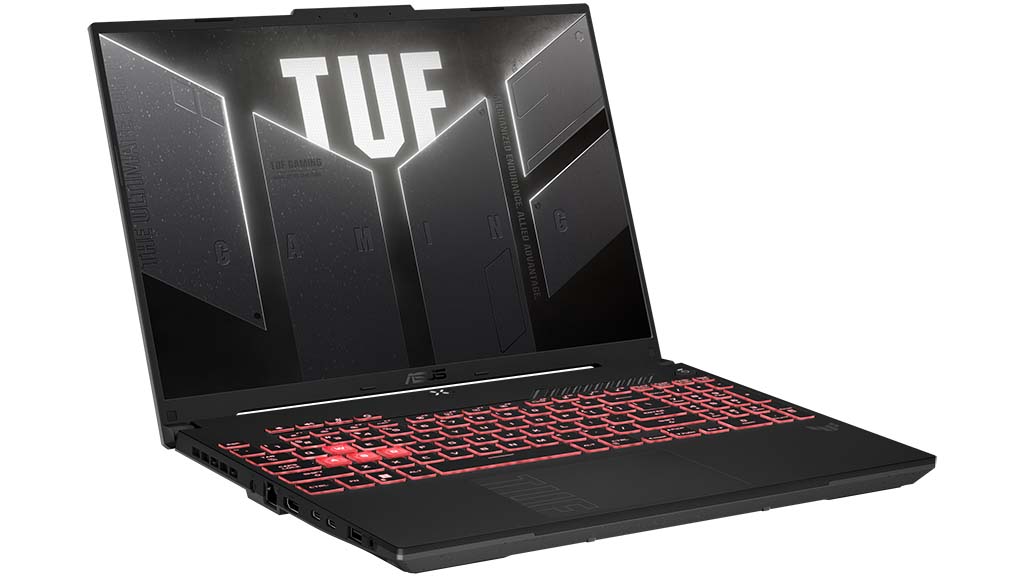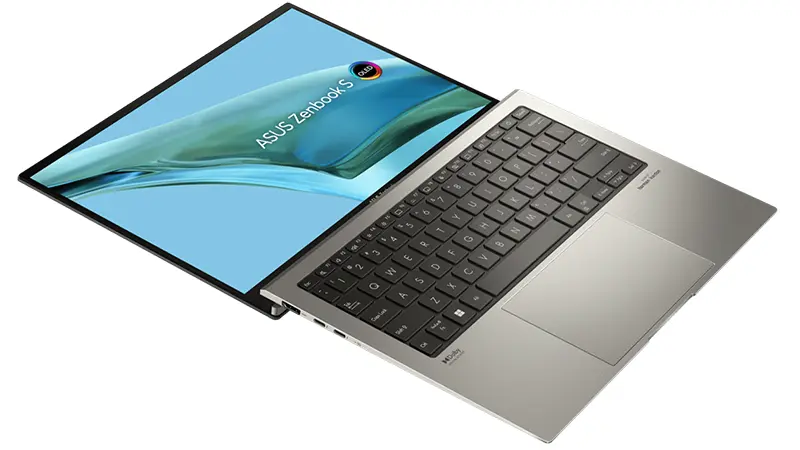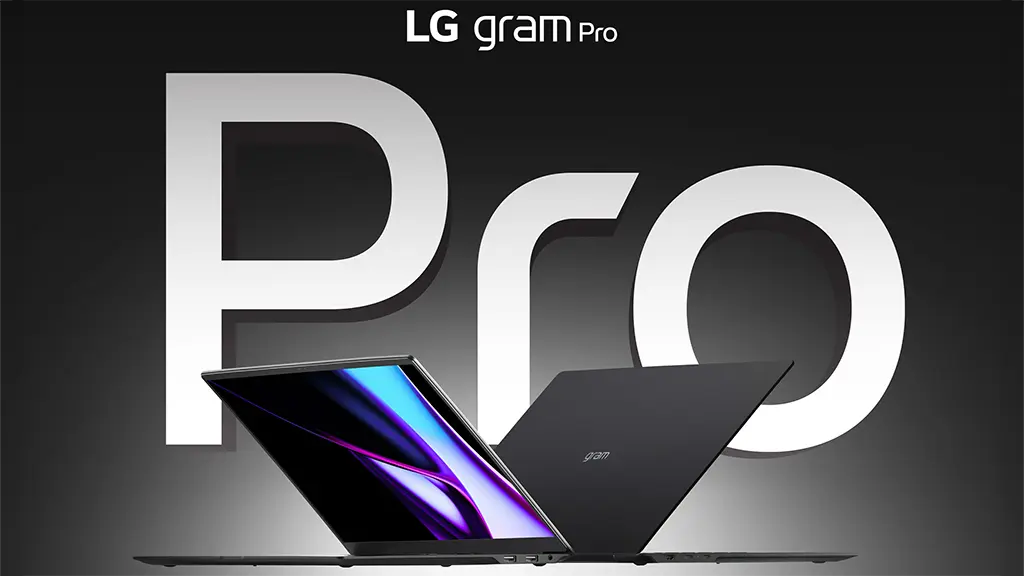
If you are looking for a laptop designed specifically for creative professionals, there are tons of options in today’s market. Apple’s Macbook Pro 16″ laptops powered with the new M1 Pro and M1 Max chips are some of the best. However, if you’re looking for a Windows laptop for creative professionals, there are several options. Late last year, Asus released the ProArt Studiobook 16 OLED and Studiobook Pro 16 OLED series. The series is available in 4 primary models equipped with features primarily for creative professionals. Best suited for Adobe Photoshop, Lightroom, Premiere Pro, and After Effects users. They also feature with (up to) 4K OLED HDR high refresh rate panel, several connectivity options, and more. But the unique thing about Asus’ ProArt StudioBook (Pro) series is the Asus Dial. More details are below.


Asus ProArt Studiobook and ProArt Studiobook Pro Laptop Features
As I mentioned earlier, there are four models of the ProArt Studiobook laptops. These are the ProArt Studiobook 16 OLED (H5600), ProArt Studiobook 16 OLED (H7600), ProArt Studiobook Pro 16 OLED (W5600), and ProArt Studiobook Pro 16 OLED (W7600). All Studiobook 16 series have the same physical design, with a slight variation in the connectivity ports and display type. But they primarily differ in the CPU and GPU powering each laptop.
The Studiobook Pro 16 OLED and Studiobook 16 OLED are available with the world’s first 16-inch 4K OLED HDR 16:10 550-nit displays that provide an expanded visual workspace for content-creation apps. They are also perfect for color-critical 2D and 3D visual applications, with a cinema-grade 100% DCI-P3 color gamut, PANTONE® Validated and Calman Verified certifications, along with factory-calibrated Delta-E < 2 color accuracy, and VESA DisplayHDR 500 True Black accreditation for a 1,000,000:1 contrast ratio.

But I guess the unique feature and main selling point of the ProArt Studiobook laptops are the Asus Dial. According to Asus, it is the world’s first physical rotary control on a laptop. It lets users interact with creative apps in the most natural and immersive way possible. This intuitive controller gives instant and precise fingertip control over parameters in compatible Adobe creative apps.
All laptops feature dual ultrafast PCIe SSDs, up to 64 GB of 3200 MHz DDR4 RAM, and high-speed connectivity including USB 3.2 Gen 2 Type-C, HDMI 2.1, and an SD Express 7.0 card reader.

ProArt Studiobook Pro 16 OLED vs Studiobook (non-Pro) 16 OLED
The Studiobook and Studiobook Pro share most of the features in this series. They primarily differ in the CPU and GPU that are powering each laptop. The ProArt Studiobook Pro 16 OLED W7600 is powered by an enterprise-grade processor, (up to) Intel Xeon W-11955M. The workstation processor is paired with an (up to) NVIDIA RTX A5000 workstation GPU.
There is also the Studiobook Pro 16 OLED W5600, an AMD variant of the Studiobook Pro 16 OLED. This one is powered by an (up to) Ryzen 9 5900HX processor paired with an NVIDIA RTX A2000 GPU. Its GPU is still a workstation-class GPU, but the W5600’s CPU is replaced by a consumer-type CPU.
As for the non-Pro Studiobook 16 OLED series, there’s also an Intel variant and an AMD variant. The ProArt Studiobook 16 OLED H7600 is powered by (up to) an Intel Core i7-11800H processor, paired with an NVIDIA GeForce RTX 3060 GPU. Meanwhile, the Studiobook 16 OLED H5600 is powered by (up to) an AMD Ryzen 9 5900HX processor with (up to) an NVIDIA GeForce RTX 3070.

This basically comes down to the type of CPU and GPU you need for your type of work. The W7600 is the most expensive due to the workstation-class CPU and GPU. But its Intel Xeon processor is not necessarily the fastest. The Intel Core i7 11800H CPU can outperform the W11955M in some tasks. So only get the W7600 model if you really need an Intel Xeon CPU and RTX A5000 GPU. There are specific tasks, workloads, and applications that can utilize both hardware.
However, if you’re looking for a more affordable model, the H7600 and H5600 models would be your best option. I think many creative professionals would opt for either of these two. And I think the Intel-powered Studiobook 16 OLED H7600 with Intel Core i7-11800H and RTX 3060 would be the more popular choice.
Note that the AMD-powered models don’t have support for Thunderbolt 4 connectivity. Thunderbolt 4 is only available in Intel-powered systems. Instead of a Thunderbolt 4 port, the AMD-powered models have two USB-C 3.2 Gen 2 ports. Also, the H5600 variant is available in 16″ 4K OLED HDR and 16″ 2.5K IPS display. You can check the specifications table below for more details.
Pricing and Where to Buy
The Asus ProArt Studiobook 16 OLED laptop series are now available. You can check the latest pricing and availability by following the links below.
- ProArt Studiobook 16 OLED (H7600) Intel Core i7 with RTX 3060 is available on Amazon.com here.
- ProArt Studiobook 16 OLED (H5600) AMD laptops are available on Amazon.com here.
- ASUS ProArt Studiobook Pro 16 OLED (W7600) Intel Xeon with RTX A5000 is available on Amazon.com here.
- ProArt Studiobook Pro 16 OLED (W5600) AMD Ryzen 9 5900HX with RTX A2000 check it on Amazon here.
Asus ProArt Studiobook Series Specifications
| Operating system | Windows 10 Pro (ASUS recommends Windows 10 Pro for business) |
|
| Processor | ||
| Graphics | ||
| Display | ||
| Memory | ||
| Storage | support up to 4 TB total capacity (CPU-attached PCIe 4.0 SSD with up to 7000 MB/s transfer speed) |
|
| I/O ports | 1 x USB-C® 3.2 Gen 2 2 x USB 3.2 Gen 2 Type-A 1 x HDMI 2.1 (supports up to 8K 120 Hz or 10K 60 Hz) 1 x SD Express 7.0 card reader supports up to 985 Mbps 1 x 3.5 mm combo audio jack 1 x RJ45 gigabit LAN port |
|
| Control | Touchpad with 3 function buttons and support for 1024-level stylus |
|
| Camera | ||
| Audio | Premium ESS® Sabre HiFi DAC with hi-res audio, 4 built-in microphones |
|
| Network and Communications | ||
| Battery | ||
| Weight | ||
| Dimensions | ||
| Operating system | Windows 10 Home (Free upgrade to Windows 11 when available) |
|
| Processor | ||
| Graphics | ||
| Display | 16” 2.5K IPS-level (2560 x 1600) 16:10 NanoEdge display |
|
| Memory | ||
| Storage | CPU attached RAID 0 configuration with up to 6800 Mbps transfer speed |
|
| I/O ports | 2 x USB 3.2 Gen 2 1 x HDMI 2.1 (support up to 8k 120 Hz or 10k 60 Hz) 1 x SD Express 7.0 card reader supports up to 985 Mbps 1 x 3.5 mm combo audio jack 1 x Gigabit RJ45 LAN port |
|
| Control | Touchpad with 3 function buttons and support for 1024-level stylus |
|
| Camera | ||
| Audio | Premium ESS® Sabre HiFi DAC with hi-res audio, 4 built-in microphones |
|
| Network and Communication | WiFi 5 (802.11ac) + Bluetooth® 5.1 |
|
| Battery | ||
| Weight | ||
| Dimensions | ||







